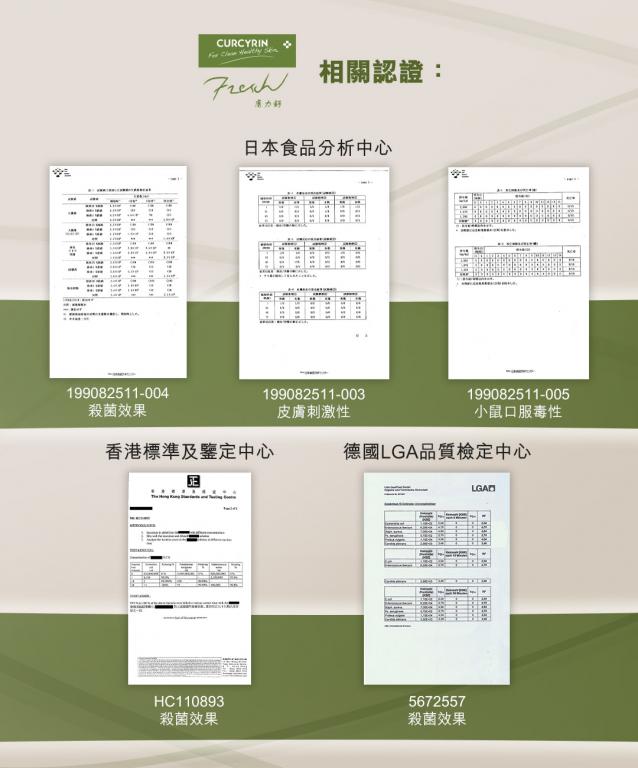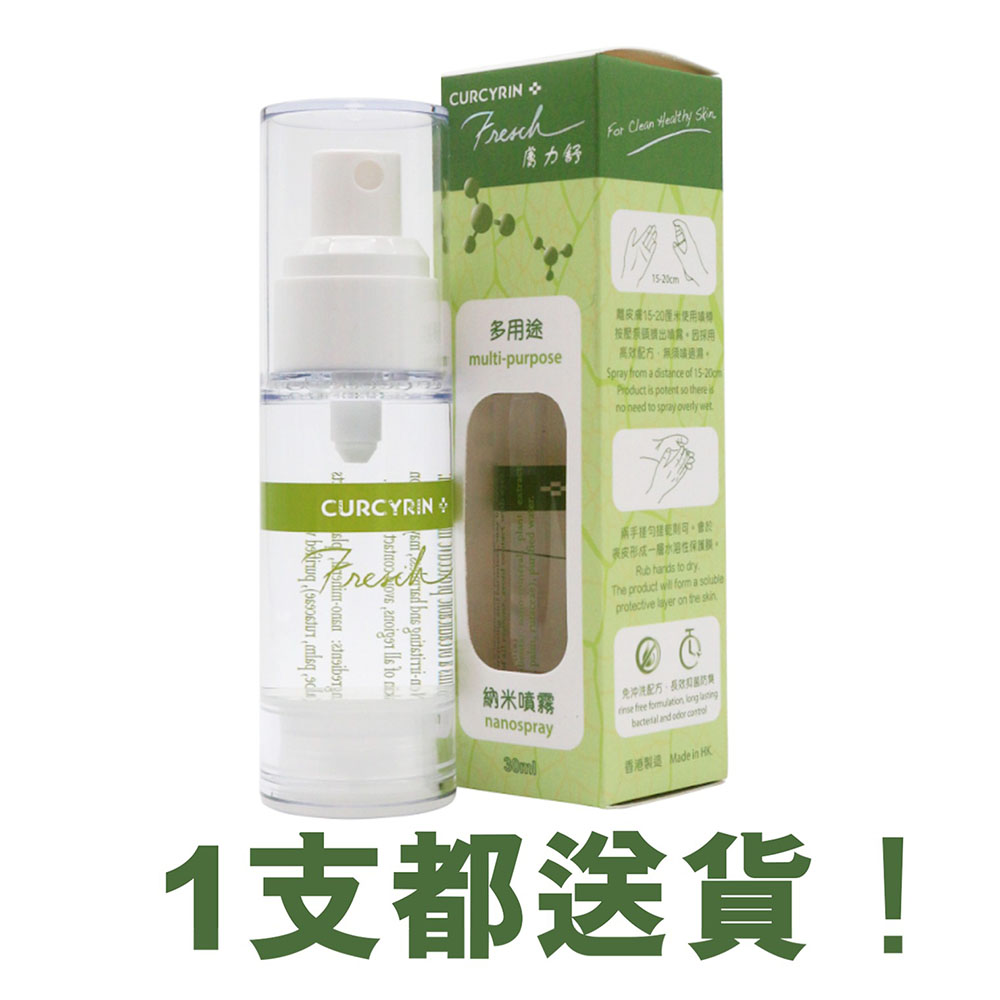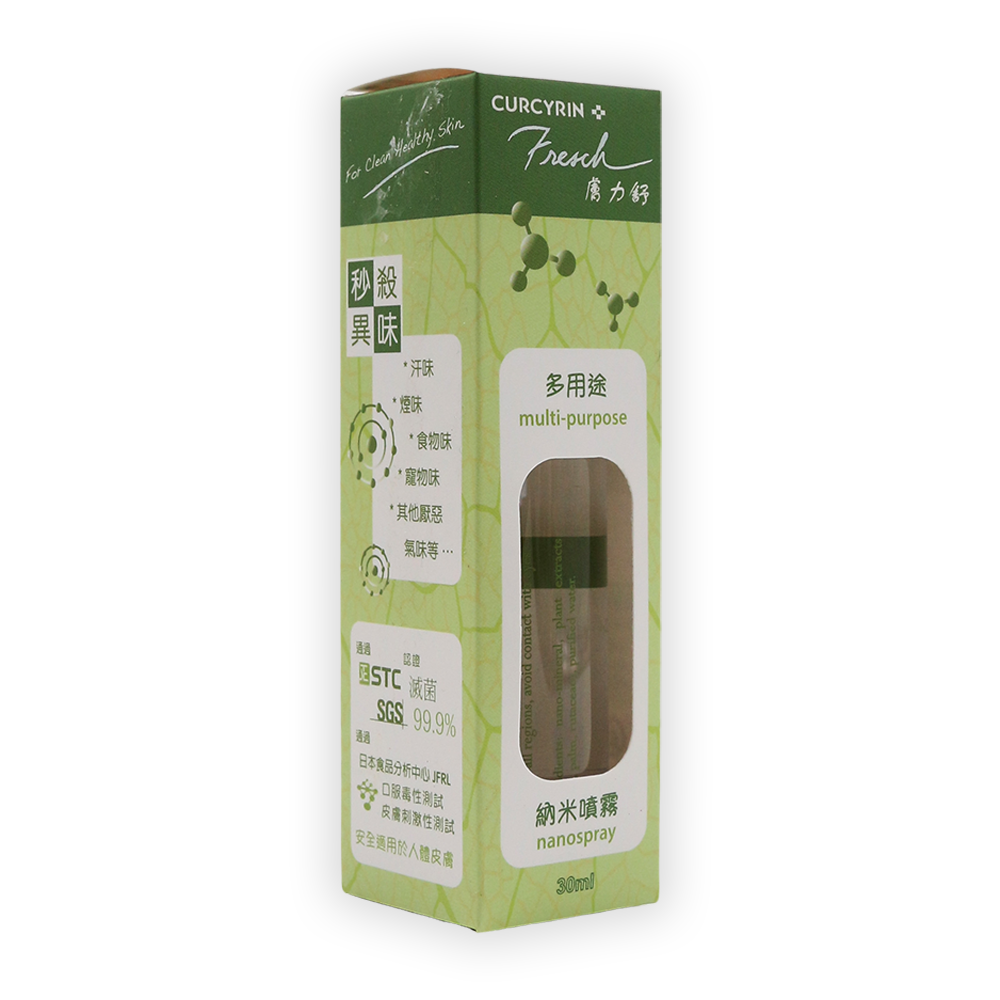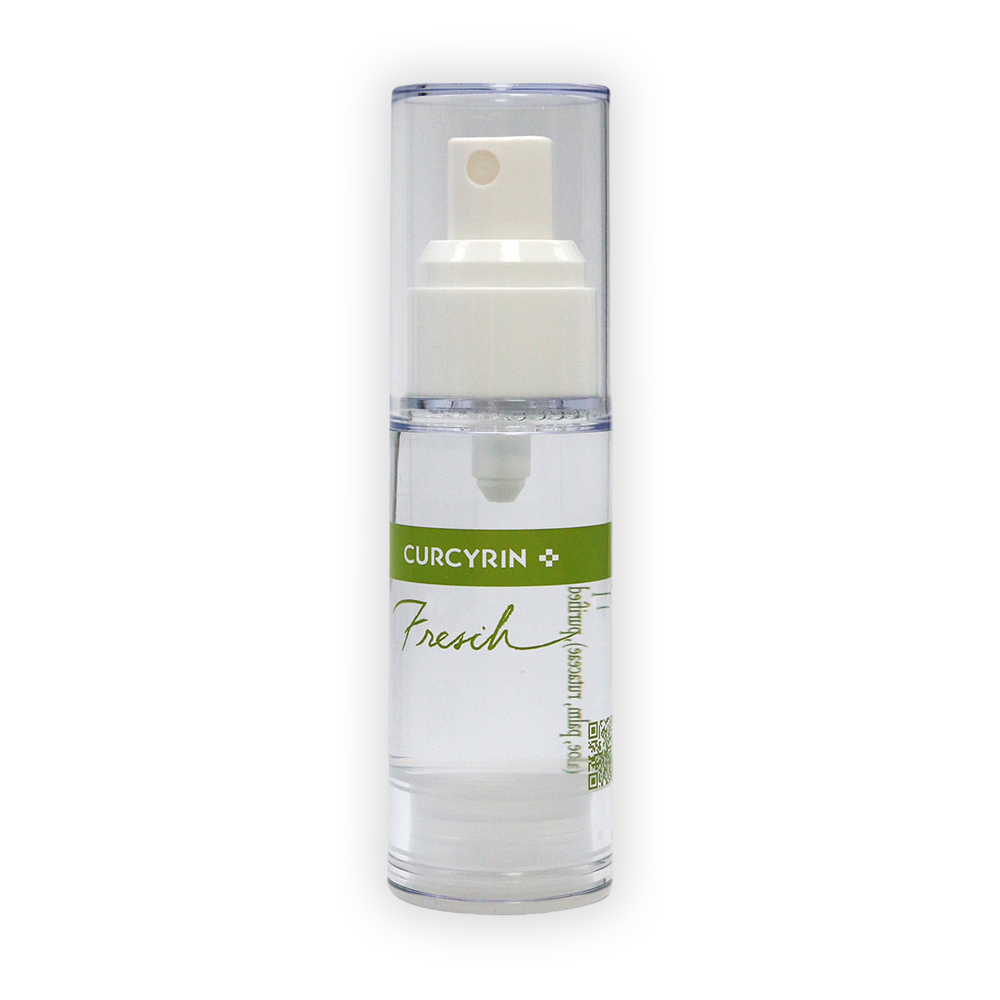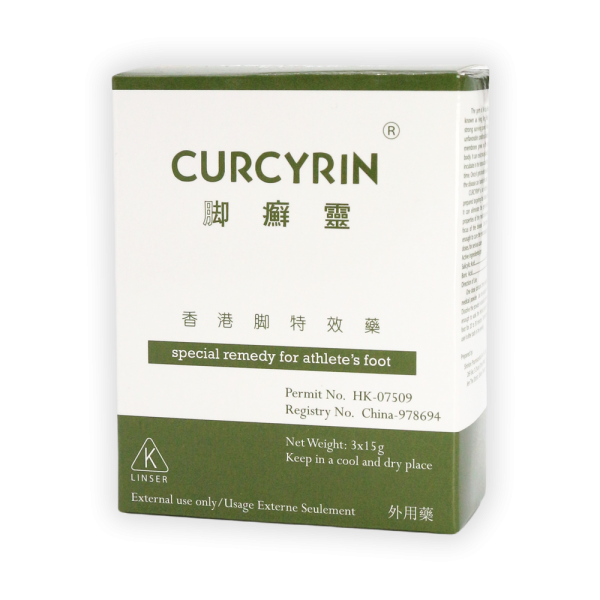
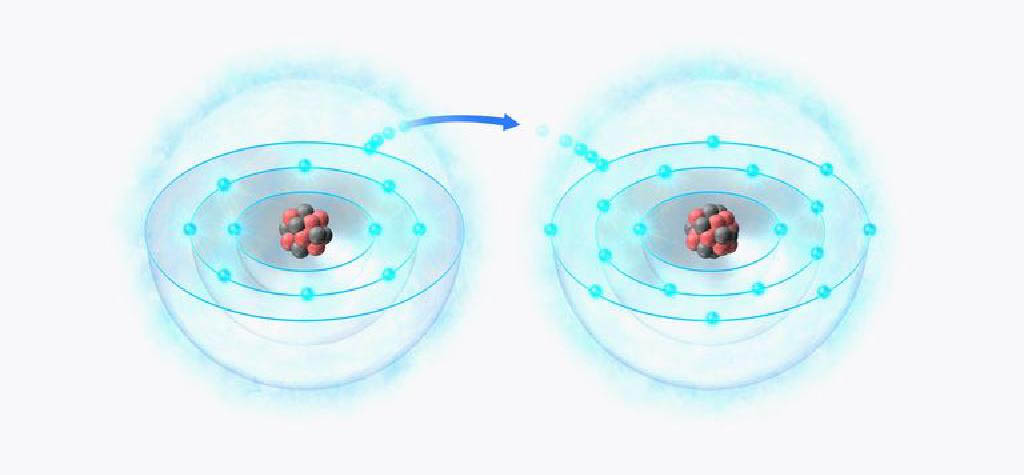
How do ions kill bacteria?
Through the collision principle of positive and negative electrons, it attracts and attaches negatively charged cell membranes. By increasing the permeability of the cell membrane of the pathogenic body, the surface tension of the pathogenic body is reduced, the important enzymes and nutrients are lost, and the metabolism of the pathogenic somatic cells is hindered. If it is strong enough, it can cause the denaturation of the bacterial protein, causing water to penetrate into the bacterial body, causing the bacterial body to rupture or dissolve, showing a bactericidal effect. The antibacterial and antiviral spectrum is wide and the effect is fast. Low concentration can not only kill Galanz positive and negative bacteria, but also effective against viruses, molds and fungi.
Compared with traditional disinfectants, such as alcohol, phenol, etc., in addition to the broad-spectrum sterilization mentioned above (by physical action), nano-disinfection has simple advantages over products with chemical components: environmental protection (high biodegradability). ), not easy to form a drug reaction, and low toxicity.
